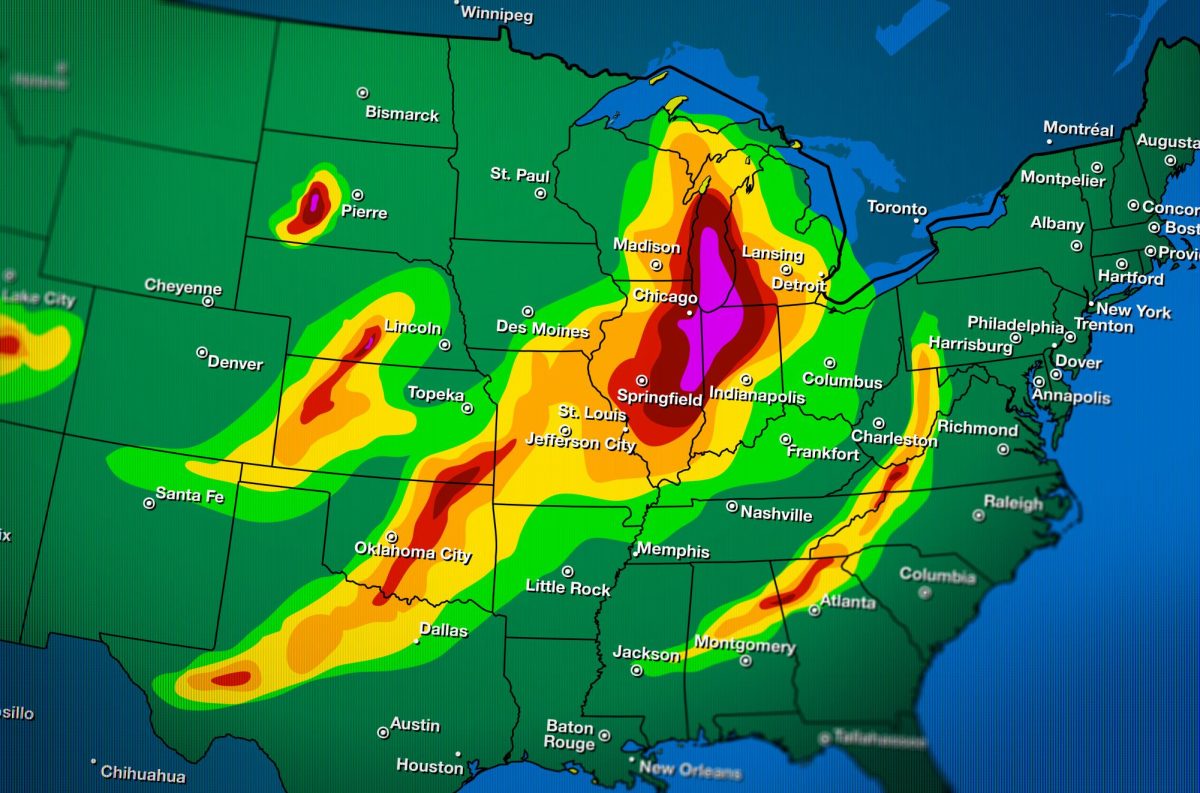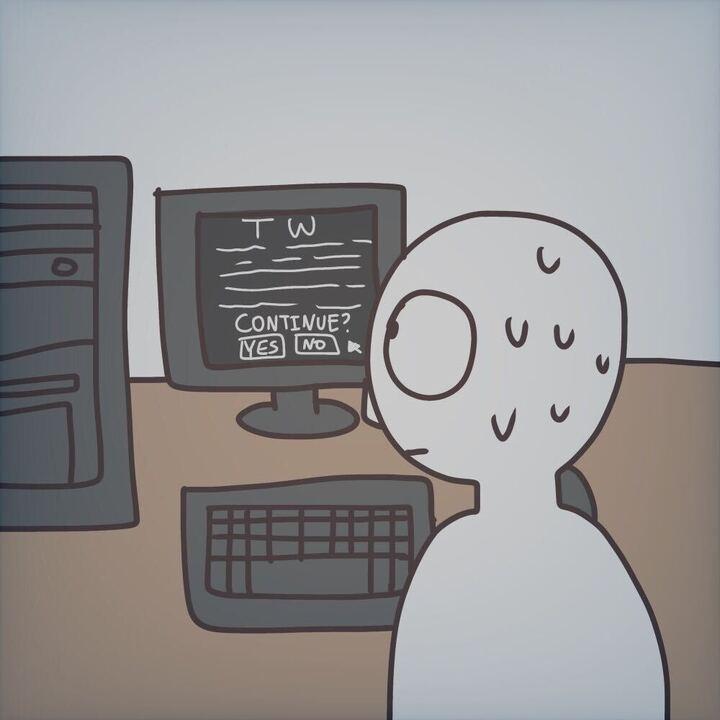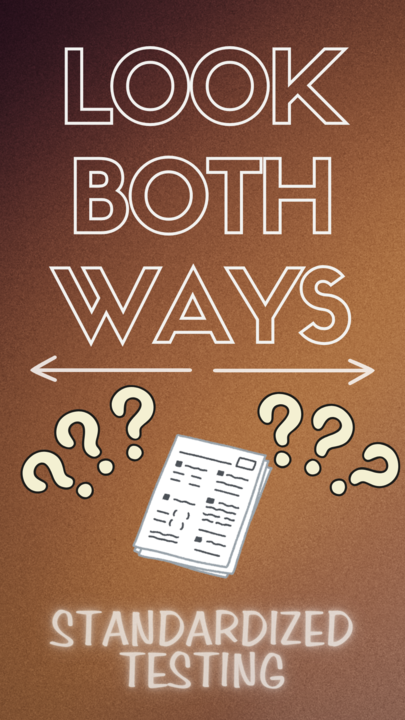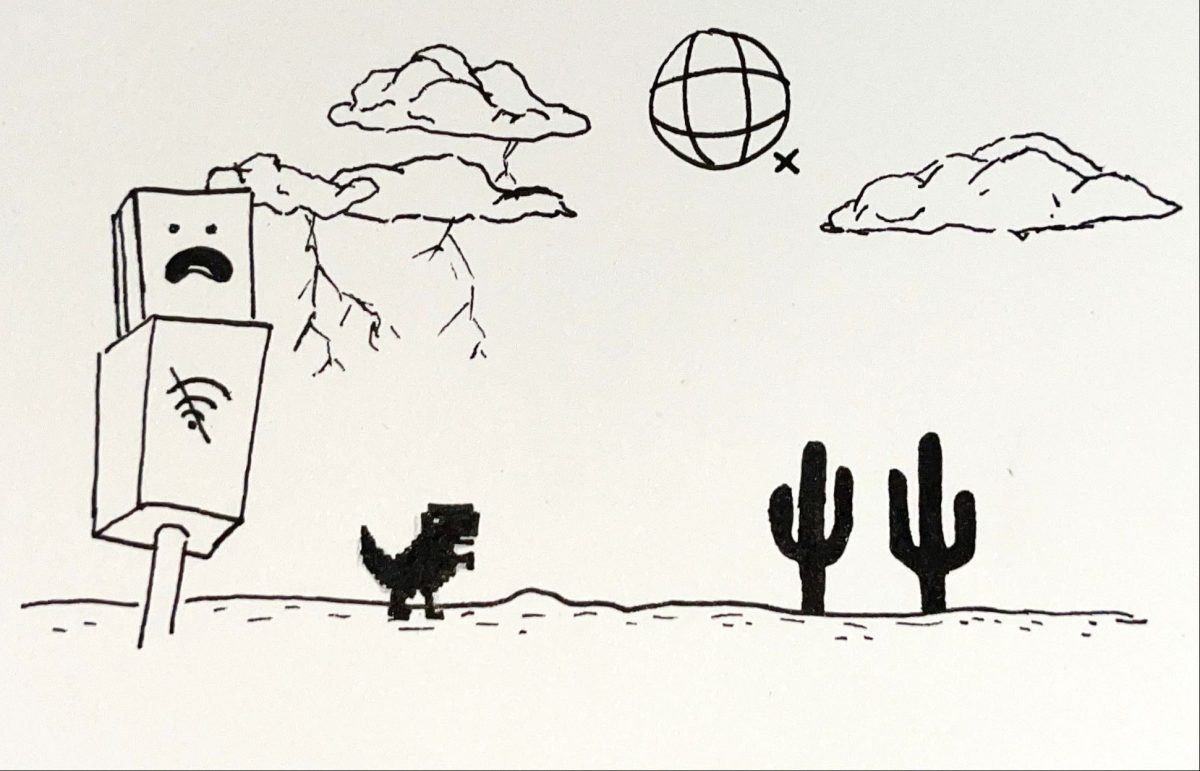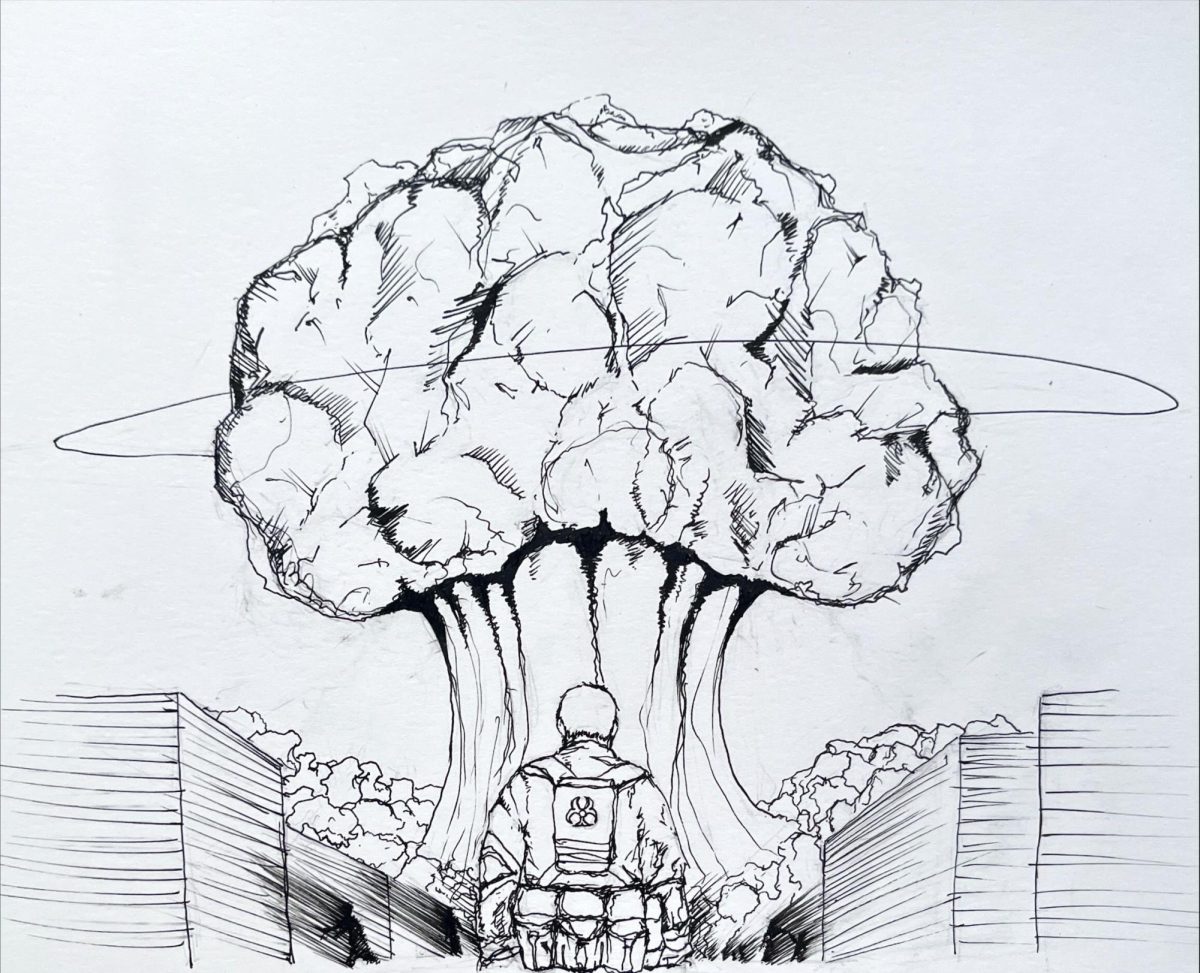Severe weather can occur anywhere, and all areas deserve equal protection and accurate forecasts. Radar holes, spots where precipitation cannot be forecasted completely accurately, are dangerous and need to be patched.
Meteorologists use radars to determine weather for their forecasts; however, there are some areas where the radars do not show any sign of weather, called radar holes.
Studying severe weather is one of the most important responsibilities of meteorologists worldwide. Radar holes make the jobs of meteorologists increasingly difficult.
Alex Haberlie; an NIU assistant professor in the department of earth, atmosphere and environment; explained radar holes come from an inability to detect weather due to the Earth’s shape.
“One of the major aspects about the radar holes is to detect severe weather which includes tornadoes, hail, damaging winds and flash flooding,” Haberlie said. “And the problem becomes the radar beam goes in a straight line. And so if it’s at 100 or so feet above the surface when it’s emitted, the curvature of the Earth causes the radar beam to be even higher off the ground once it gets to your location that’s miles and miles away.”
Radar holes could be patched with a grid of radars across the U.S.; however, the budget is finite.
Meteorologists and the weather community are trying to find ways to give each area an equal amount of coverage. While their efforts are not in vain, more needs to be done.
Severe weather is negatively impactful to the lives of citizens, both in big cities or small towns. These people deserve as accurate of a forecast as those who live within the views of radars.
Despite the lack of complete accuracy, forecasts are mostly accurate – even in radar hole areas, according to the National Oceanic and Atmospheric Administration.
“A lot of National Weather Service meteorologists kind of have, you know, they’re so, they’re experts at this. They’re so good at it. They’re so well trained that they’re able to see those patterns, and even if they don’t specifically see them near the surface, they can, they kind of have an intuition about that,” Haberlie said.
While there are well-trained meteorologists who forecast the weather, the lack of complete radar views is a problem for those living in communities with radar holes. Severe weather can be unpredictable, and while intuition is beneficial, it is not the most accurate way to predict meteorological events.
Luckily, some radar sites are moving to capture different areas. In Sidell, Louisiana, a radar site is being moved and an angle changed at the end of 2023 to accommodate more places, according to the National Weather Service.
By changing the angle the radar is at, readings are more accurate because the area the radar covers stays below cloud level. In its current state, the site goes into and above cloud level, so it cannot predict what is occurring below cloud level.
Haberlie also described movable platforms where radars could travel, giving more opportunities to forecast on as many areas as possible.
By taking steps towards covering the entire U.S., meteorologists are starting to patch the radar holes problem.
The process of expanding radar holes should be continued. While most radar sites exist around big cities, people in rural communities deserve just as much representation and protection as those in big cities.
Areas without radar coverage experience severe weather, just like areas with radar. Radar systems that cover every area are important, and they should be implemented throughout the U.S.. Patching radar holes is imperative to the safety and security of Americans everywhere.



